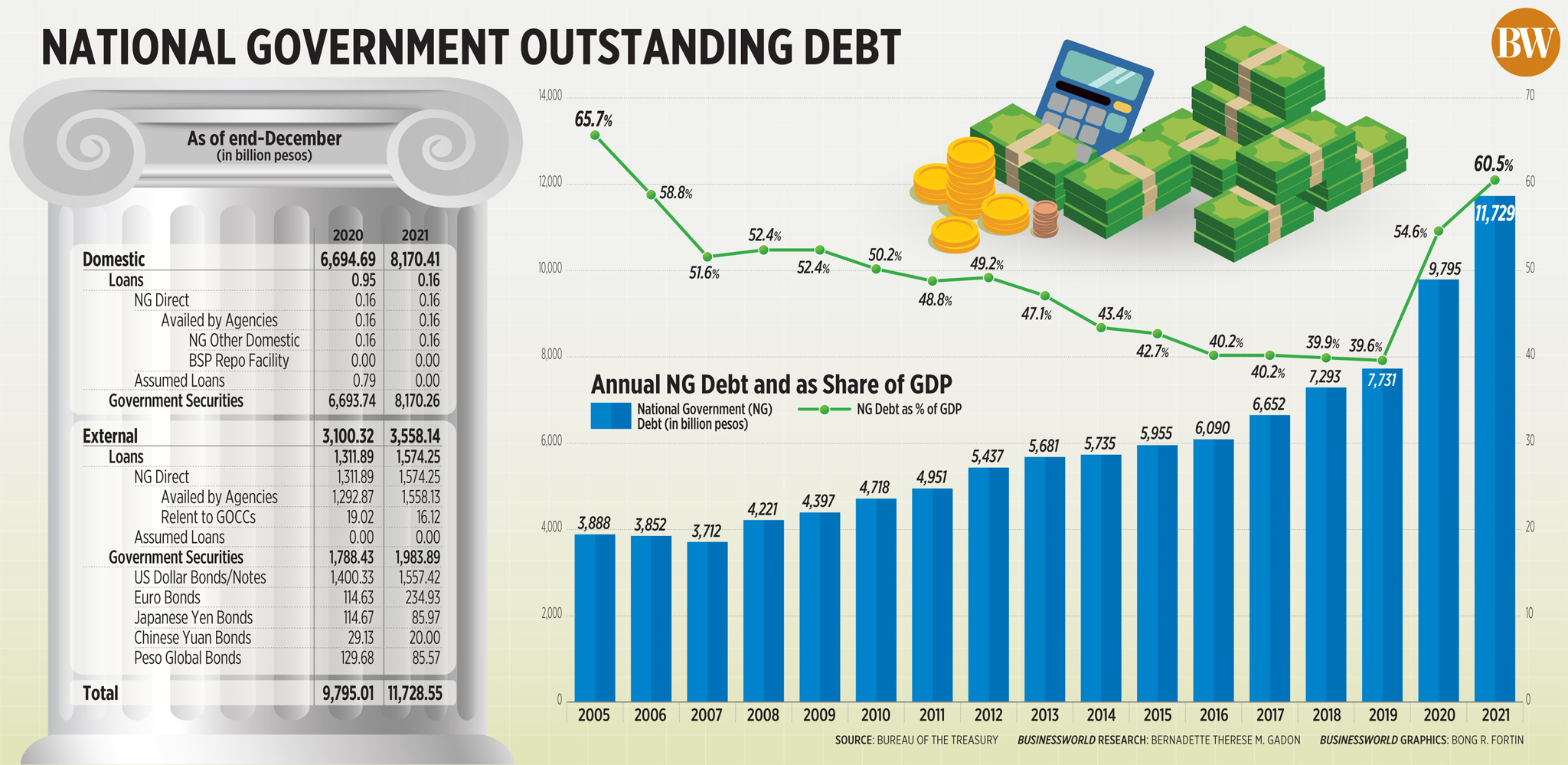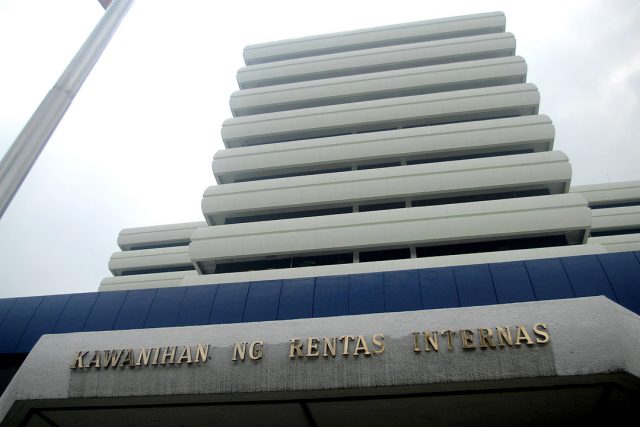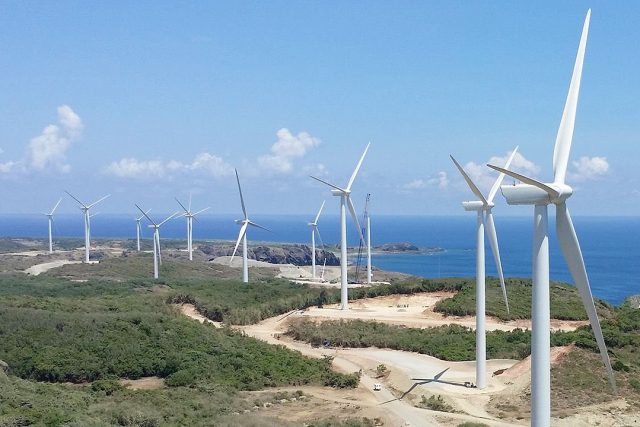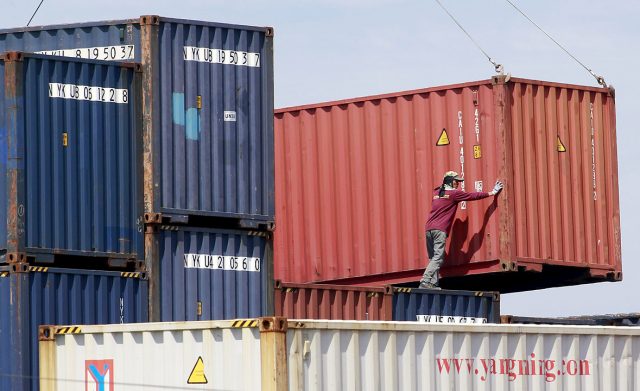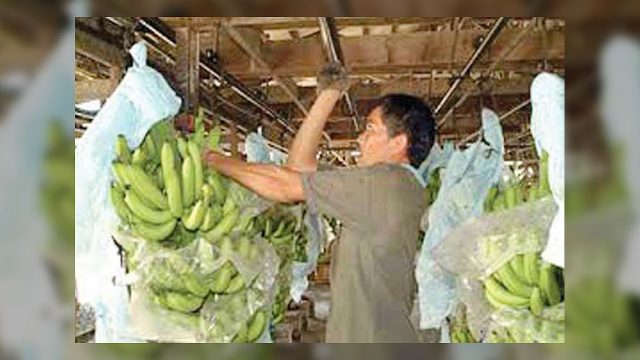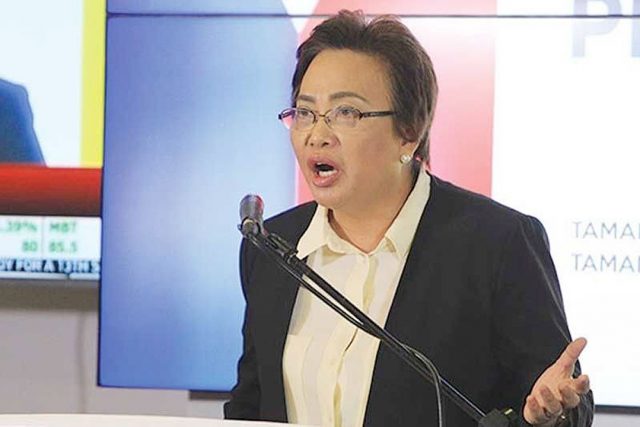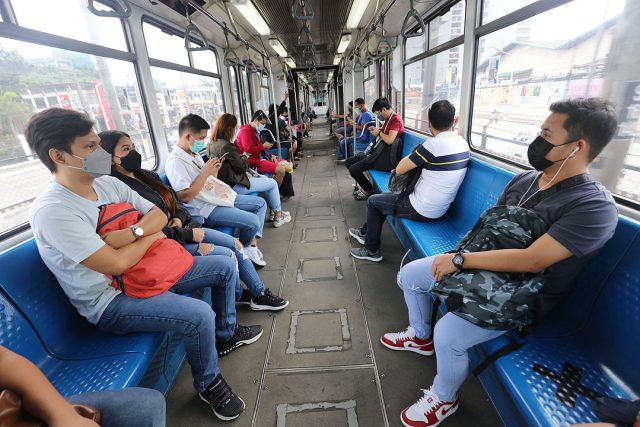Alert level downgrade seen to boost retail industry
THE decision to place Metro Manila and other areas under Alert Level 2 is seen to boost the retail sector, according to industry groups on Tuesday.
Steven T. Cua, Philippine Amalgamated Supermarkets Association (Pagasa) president, said in a mobile phone message that greater mobility under the eased alert level “breeds business and consumer confidence.”
“Consumers who are able to move around more freely under an Alert Level 2 are able to spend and spread their income in building a stronger economy,” Mr. Cua said.
“Retail shops like supermarkets bank on walk-in customers and foot traffic to stay afloat,” he added.
Malacañang placed Metro Manila — along with Batanes, Bulacan, Cavite, Rizal, Biliran, Southern Leyte, and Basilan — under Alert Level 2 from Feb. 1 to 15. Metro Manila was previously under the stricter Alert Level 3 after a surge in coronavirus disease 2019 (COVID-19) cases.
Under Alert Level 2, businesses are allowed to operate at 50% indoor capacity for fully vaccinated individuals and 70% capacity for outdoor venues.
Philippine Retailers Association (PRA) Vice-Chairman Roberto S. Claudio said in an e-mail interview that increased mobility under Alert Level 2 will benefit the retail industry.
“Allowing people to go out and increasing transport mobility will benefit the retail industry. We hope we continue to improve with our COVID-19 situation,” Mr. Claudio said.
Makati Business Club Executive Director Francisco “Coco” Alcuaz, Jr. said in a mobile phone message that the shift to Alert Level 2 also bodes well for businesses.
“The business sector welcomes the latest reopening of the economy so that businesses and consumers can be more active, helping preserve and even create jobs,” Mr. Alcuaz said.
Meanwhile, PRA’s Mr. Claudio said proposals to remove the current alert level system will also benefit the retail industry. He said the move should be part of the “pandemic exit plan” and should bring confidence to consumers in resuming their activities, which will be beneficial to the retail industry.
Pagasa’s Mr. Cua said the country should begin to open up its economy, but this should be done gradually and with caution.
“Practicable optimism mixed with discipline is the next vaccine we all need to take on the road to economic recovery,” Mr. Cua said.
On Monday, the National Economic and Development Authority (NEDA) said that it would study proposals to remove the alert level system as part of a so-called pandemic exit plan.
Similarly, Presidential Adviser for Entrepreneurship Jose Maria “Joey” A. Concepcion III projected that the country could remove the alert level system, which was implemented in September last year, by around March or April. — Revin Mikhael D. Ochave












